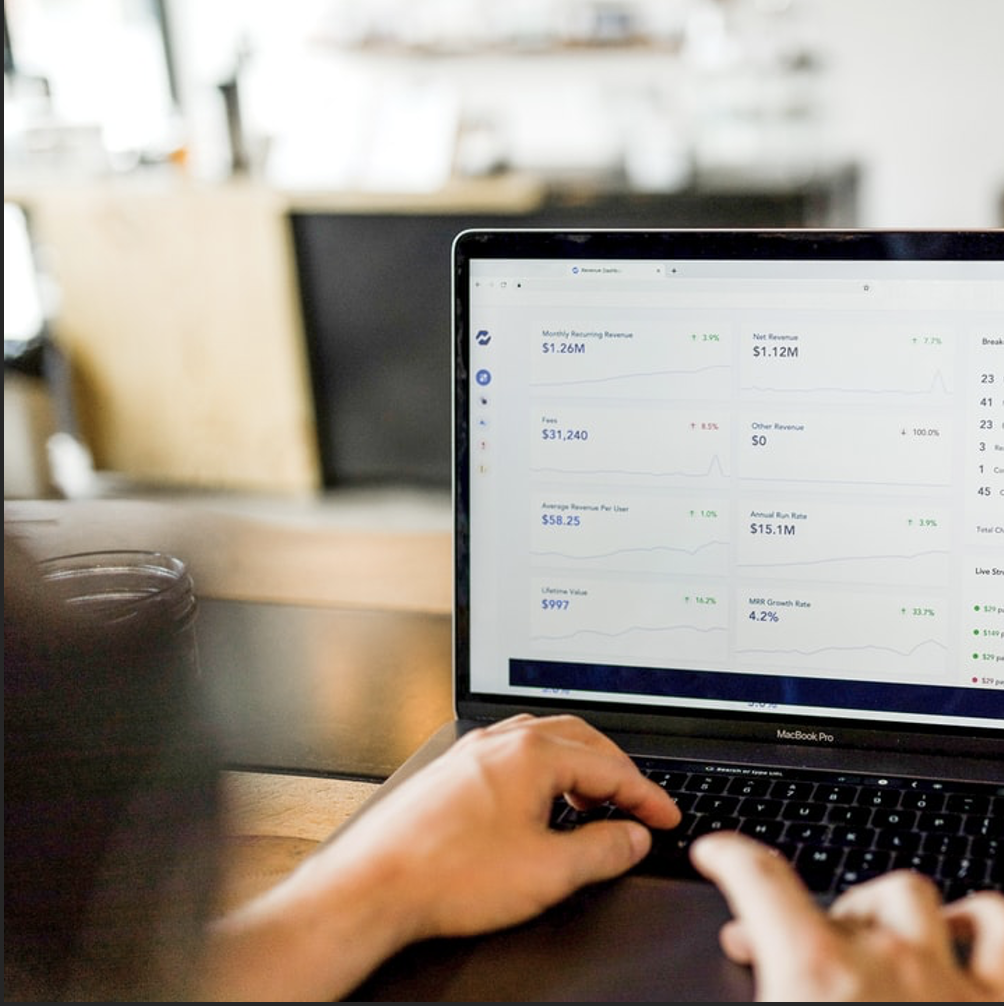
Data Fabric Management (DFM) is the term used to describe how an organization manages and oversees the distribution and use of data across multiple storage and computing platforms. The goal of DFM is to provide a single point of control for data while minimizing complexity and improving overall performance.
There are several critical components to a successful enterprise data fabric solution. The first is a centralized management console that provides a single view of all data across the organization. This console should also offer the ability to quickly provision and manage storage and compute resources, as well as track performance and usage data. From your data lake and data warehouse to your overall data quality and data integrity, here’s what you should know.
How does data fabric management work?
Data fabric management is a term used to describe the various techniques and tools used to manage data across a distributed system. The goal of enterprise data fabric management is to ensure that data is accessible and consistent across all nodes in the system.
Enterprise data fabric works by identifying and tracking data location within the system. When data is updated or modified, the fabric management system ensures that the change is propagated to all nodes in the system. This helps ensure that all nodes have the same data and that data is always accessible no matter where it is stored.
Data fabric management is a critical component of distributed systems and ensures that data is always accessible and consistent. By managing data in a distributed system, data fabric management helps to improve the performance and reliability of your data fabric architecture for digital transformation.
What are the components of data fabric management?
Data Fabric Management (DFM) is the term used to describe the comprehensive set of capabilities required to manage the data life cycle from creation to eventual deletion. It encompasses all the digital operation technologies and processes used to provision, manage, and monitor data in a data center.
DFM is a critical part of the data center infrastructure and manages all types of data, including structured and unstructured data. It includes a variety of technologies, such as data storage, data management, data security, and data analytics. The components of enterprise data fabric include:
-Data storage: This includes all the technologies used to store data, such as block storage, file storage, and object storage.
-Data management: This includes all the technologies and processes used to manage data, such as data provisioning, data replication, and data migration.
Data security includes all the technologies used to secure data, such as data encryption and data masking. Data analytics includes all the technologies used to analyze data, such as data mining, managed services, and data visualization.
Enterprise data fabric management is a beneficial tool.
Data fabric management (DFM) is a term used by some in the data center industry to manage data across multiple data centers. The idea is to extend data management beyond the boundaries of a single data center, allowing an organization to collect data as a single entity, no matter where it is located.
DFM is often implemented by using a data fabric, which is a term used to describe a variety of technologies that allow data to be stored, accessed, and manipulated across multiple data centers. A data fabric can be implemented using a variety of technologies, including but not limited to:
– Distributed File Systems (such as HDFS, Lustre, and GFS)
– Distributed Storage Systems (such as GlusterFS and Ceph)
– Wide Area Network Storage (such as NetApp ONTAP)
– Cloud Storage (such as Amazon S3 and Azure Blob Storage)
With enterprise data fabric management, it’s easier to maintain all of your diverse file systems and storage types. You can implement dynamic integration to leverage real-time data, customer intelligence, and graph technology to bolster your business intelligence efforts. With end-to-end data management capability and real-time insights, you can transform your company and reach new heights.